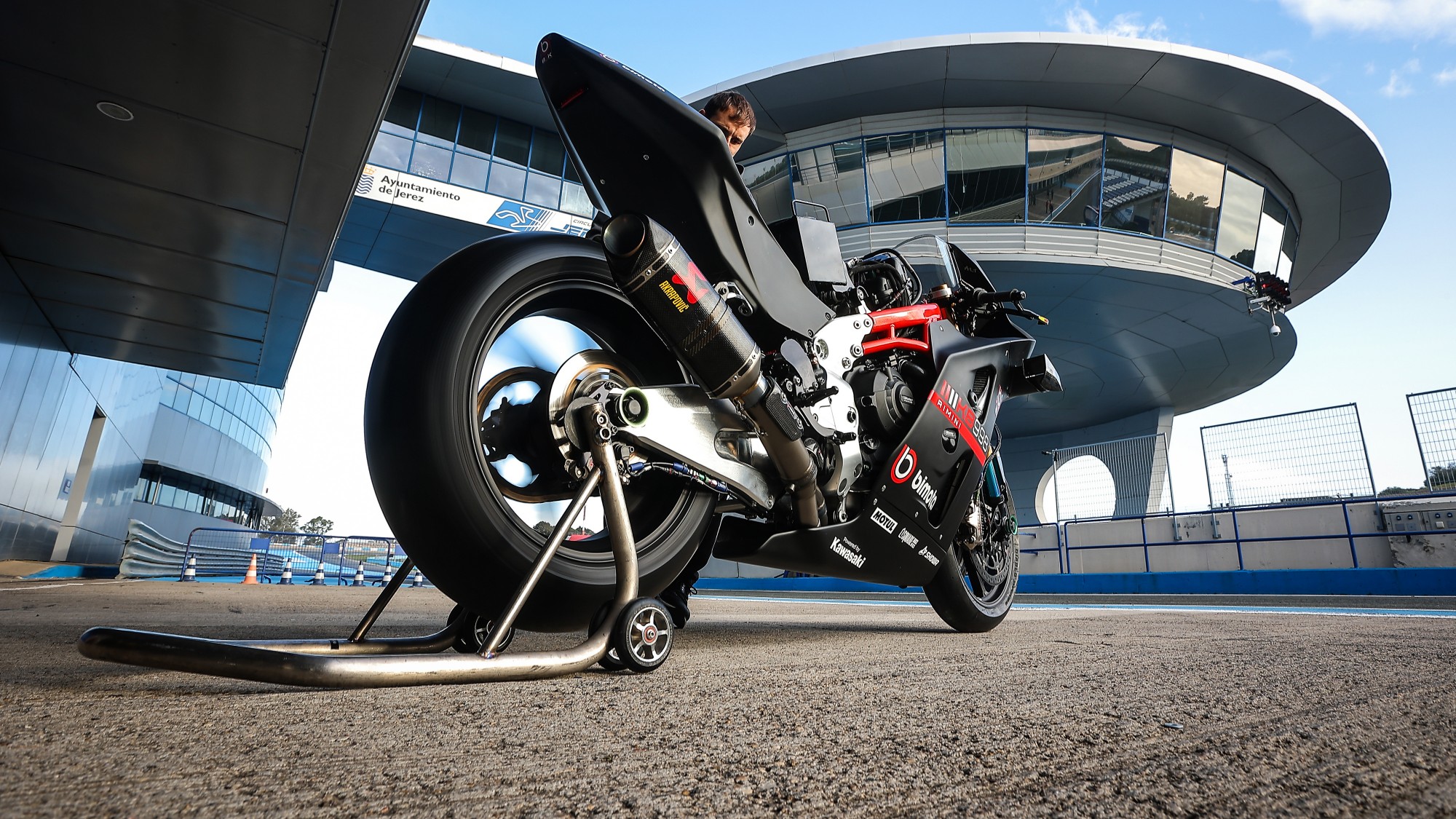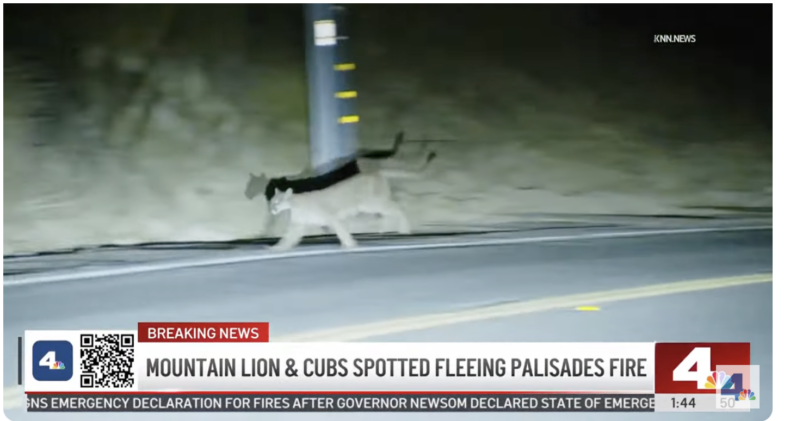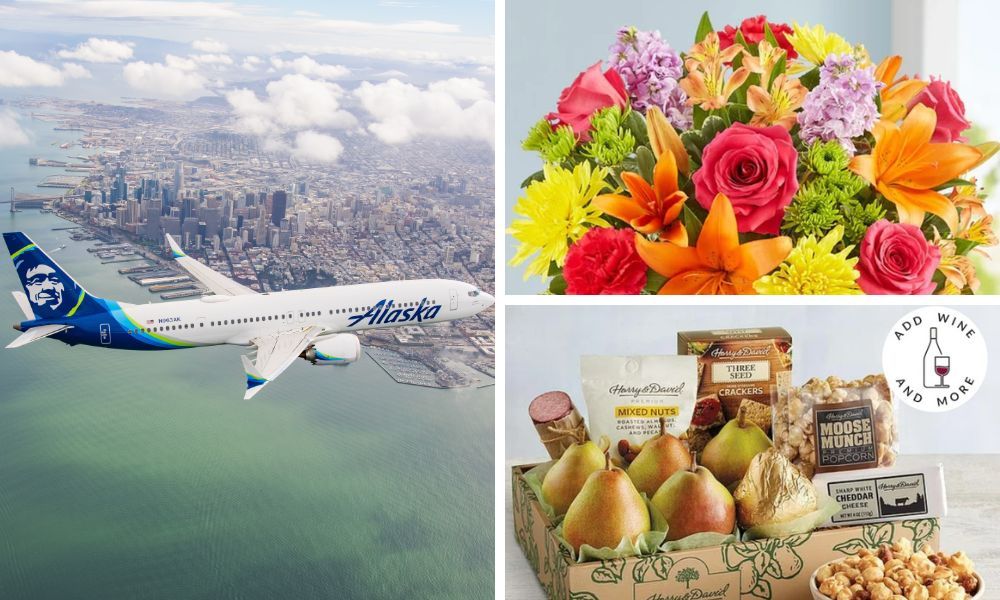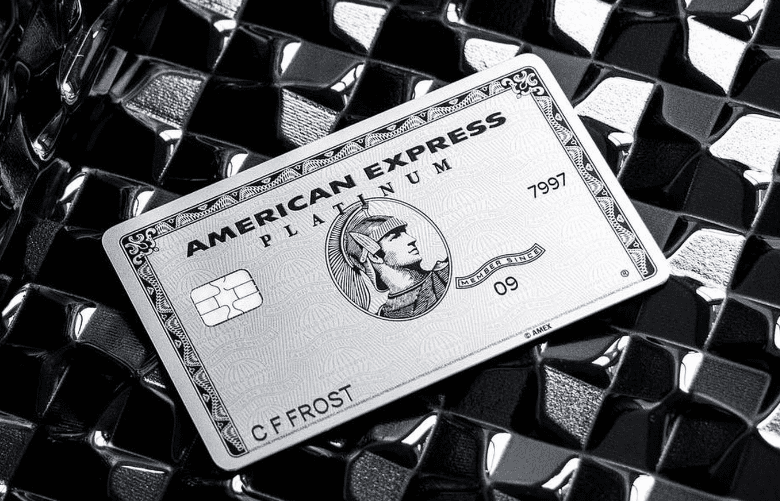The 7 Most Competitive Hiking Permits in the US to Apply for in 2025
For some sought-after permits, your chances are less than two percent.

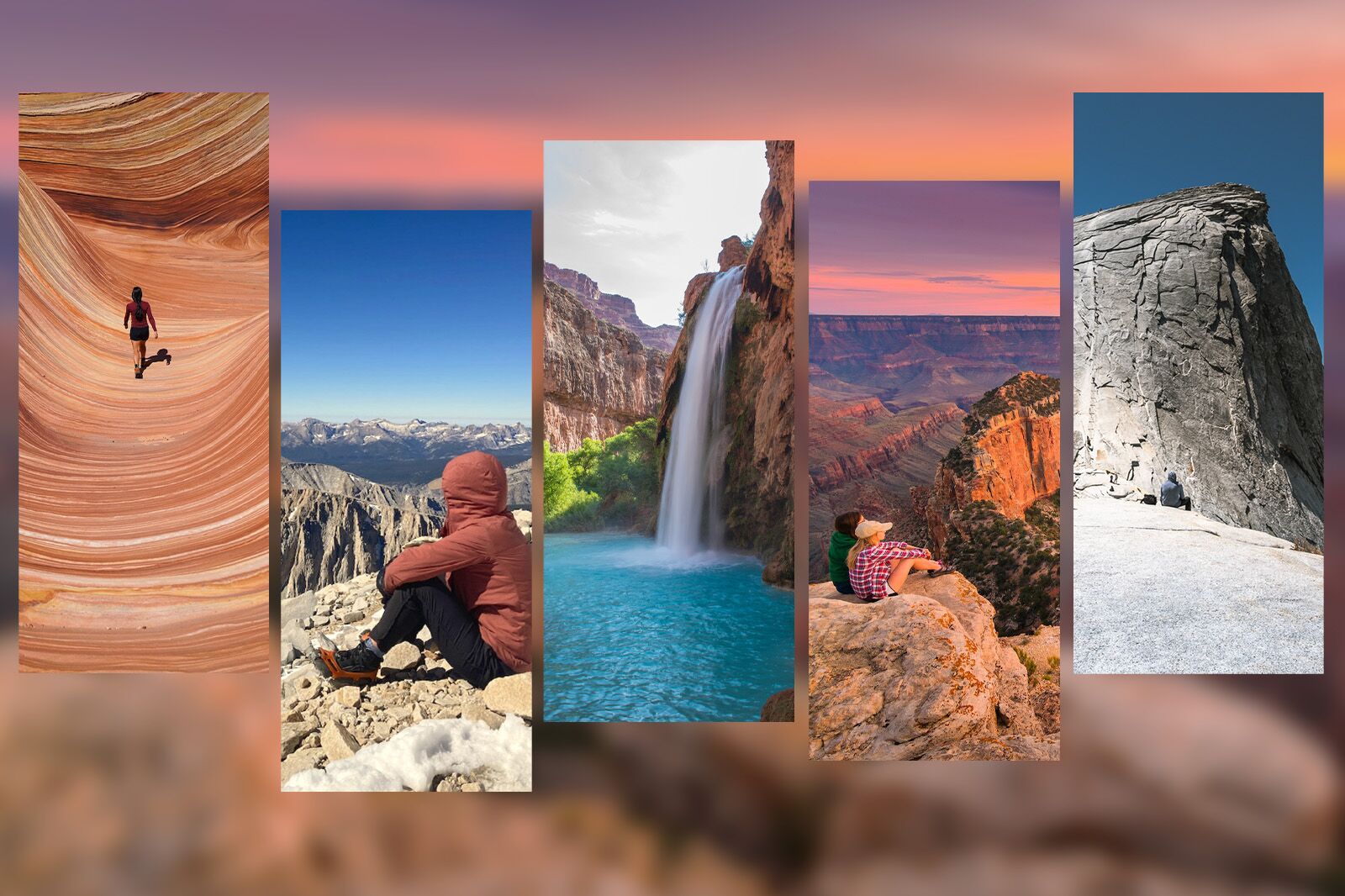
The 7 Most Competitive US Hiking Permits To Apply For in 2025
By Suzie Dundas
Every year, millions of hikers venture into America’s most iconic wilderness areas. While 2024 numbers haven’t yet been released, in 2023, national parks alone saw 325,498,646 visitors. With some of the most beautiful (and varied) landscapes in North America, it’s no surprise that both domestic and international travelers are drawn to the country’s natural wonders.
But as outdoor recreation grows more popular, some of the country’s most spectacular trails and destinations are suffering from the effects of too many people. That’s why many parks, campgrounds, and even specific trails now require hiking permits — and securing one is often no easy feat when it comes to the most coveted passes. From the vertigo-inducing chains of Angels Landing in Zion National Park to the surreal sandstone swirls of The Wave in Arizona, the demand for permits far exceeds supply, with organizations like the National Park Service (NPS), the Bureau of Land Management (BLM), and US Forest Service (USFS) running hiking permit lotteries, designed to both protect fragile environments and give everyone an equitable shot at winning.
Navigating these competitive systems can be daunting, especially since each permit system operates differently. Some rely on once-a-year lotteries, while others have monthly or quarterly draws. Some may have last-minute passes available in person, while others use high-tech mobile systems to distribute remaining passes.
And like the elevations, the stakes are also high: Arizona’s The Wave, for instance, sees less than three percent of applicants win a spot. But that challenge is what makes the effort so rewarding, especially if you’re one of the lucky few to get a winning email, and can start planning the bucket-list hiking trip you’ve been dreaming of.
Angels Landing | Mount Whitney | Grand Canyon Rim-to-Rim | Half Dome | Havasu Falls | The Wave | The Core Enchantments
How to win a competitive hiking permit

New-ish features on the Recreation.gov app can notify you of cancellations and last-minute permit availability. Photo: Suzie Dundas
Every application is different, so strategies that may work for some of the most competitive hiking permits won’t work for others. But there are a few general principles you can follow to maximize your chances of winning. However, there’s one thing that doesn’t matter: what time you enter. Unless a permit website says specifically otherwise, as long as you enter during the lottery window, you have the same chance of winning, whether you submitted your application on the first day or last day.
1. Assume you’ll need to try for a last-minute permit: While you should definitely enter the early lotteries, if you know you’re going to be visiting the destination whether or not you win, budget enough time into your trip to try for a last-minute permit. For example, if you didn’t win an early lottery permit for The Wave, plan to spend at least three days in the area. That will give you time to enter the last-chance lottery, just in case you don’t win the advanced lottery. And on the lucky chance you do win an early permit, that’ll give you a few extra days to explore other area hikes, like some in Zion National Park.
2. Avoid weekends: Since most people work Monday to Friday, weekends are the most in-demand dates for nearly all permits on this list. In many cases, the odds of winning one of the most competitive hiking permits are much better if you prioritize Tuesday, Wednesday, and Thursday dates. For permits that allow you to list multiple dates, listing midweek dates as first choices is better than starting with weekend dates.
3. Keep your group small: Each permit application can represent multiple people, but the number of permits distributed is by person, not group. That means it’s easier to accommodate a three-person group on a trail than it is a 10-person group. We’re not saying to cut people from your team, but make sure you only list the group size you need. Leaving blank spaces for extra people who may decide later if they want to come sounds like a good idea, but it’ll make it harder to win a permit.
4. Choose early- and late-season dates: Choosing dates on the fringes of the popular seasons will give you a better shot at winning. Keep in mind that for some trails, it can slightly increase your chances of weather issues. For example, the Half Dome cables in Yosemite are usually up from late May until mid-October. Choosing October dates will ensure less competition, but slightly increase your chances of snow or winter weather causing the cables to come down early, thus closing the trail. That said, the date range for each trail is based on years of experience and weather patterns, so if the National Park Service or USFS thinks a hike will be accessible during certain dates, they’re probably correct.
5. Submit multiple applications (if allowed): For permit systems that allow it, have everyone in your group submit an application with themselves listed as the group leader to maximize the chance of someone winning. Note that most applications will not allow the same person to be a group leader and alternate group leader, so be careful to use each person only once, regardless of what role they fill on the application.
6. Obsessively monitor Recreation.gov: If you didn’t get a permit, bookmark the trail page on Recreation.gov and check it obsessively (we’re talking several times a day). Many hikes that have permit lotteries make unclaimed permits and campsites available online after the lottery on a first-come, first-served basis. Checking the page first thing in the morning and just before going to bed can be some of the best times to snag a permit someone else cancelled. You can also have the Recreation.gov app send you a notification if the permit you want becomes available on a certain date.
- Distance: 5.4 miles
- Elevation gain/loss: +/- 1,490 feet
- Annual permit success rate: 30 percent
Angels Landing in Zion National Park doesn’t publish full stats on how many permit applications it gets each year. But it’s safe to say it’s quite a lot, since the permit program (instituted in 2022), was a solution to solve the trail’s overtourism problem. Depending on the date you want to hike, your odds of winning a permit could be as high as 100 percent (midweek winter) or as low as eight percent (holiday summer weekends).
The hike isn’t particularly difficult compared to others on this list, with a distance of about 5.4 miles and an elevation gain of less than 1,500 feet. But the steep and narrow section at the top can be intimidating for anyone with a fear of heights, especially with dozens of other hikers attempting the same route at the same time.
What's Your Reaction?





































